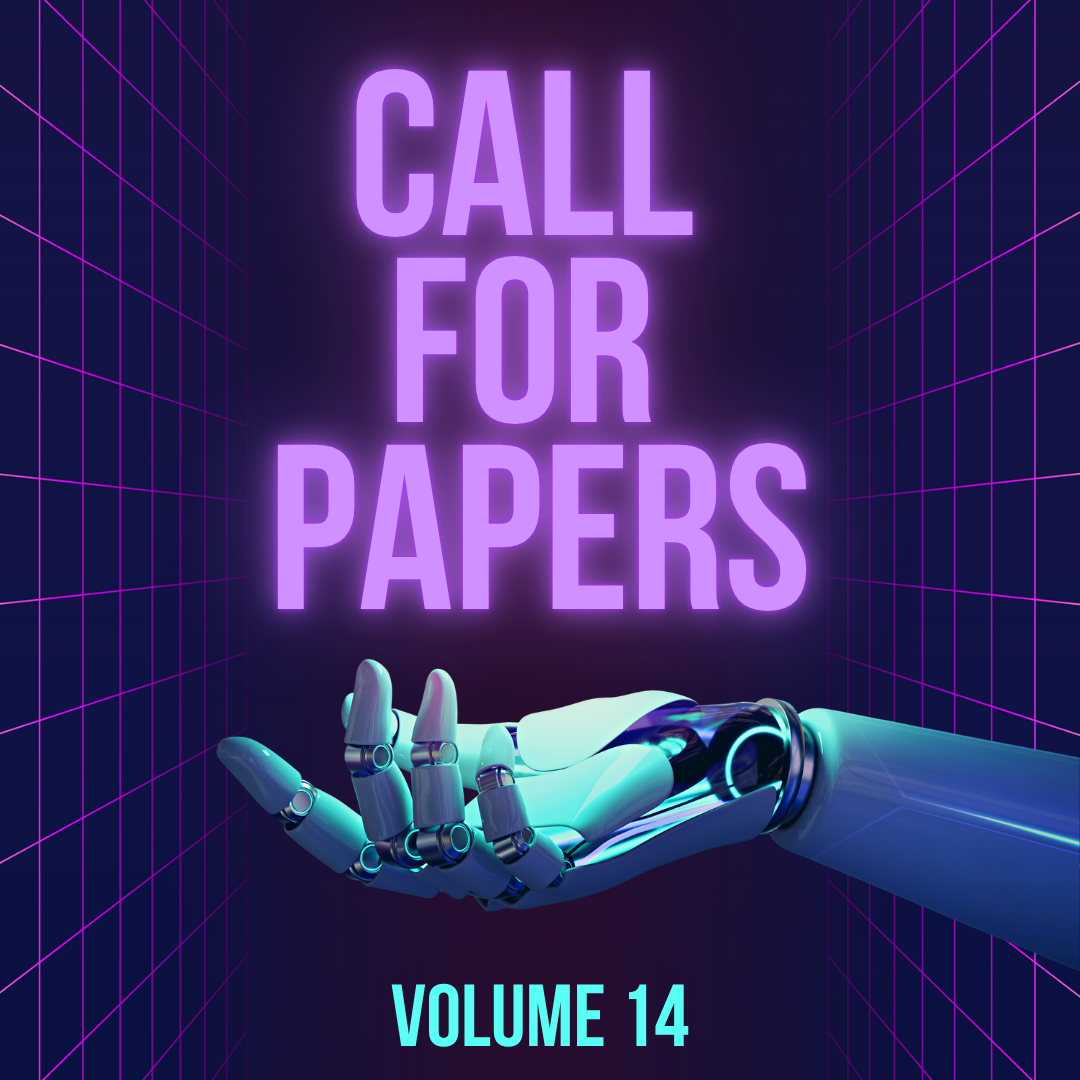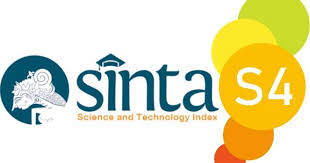Arabic Translation Web Services: An Implementation Survey Towards Arabic Language Grid
Abstract
This research proposes the development of Arabic language service. It is a servlet-based Webservice which provides a translation from English into Arabic, using techniques to develop Webservices such as Restful and API in Java language. This API is part of Language Grid, aproject in Japan to collect, share and combine as many language resources as possible bywrapping the language resources as web services, which is also known as Everything as a Service(XaaS) technology. By having Arabic language services connected in the Language Grid, therewill be a wider use of Arabic language resource in the world. An evaluation of running theservice is provided to enhance the performance and reliability of the service.Section
Articles


